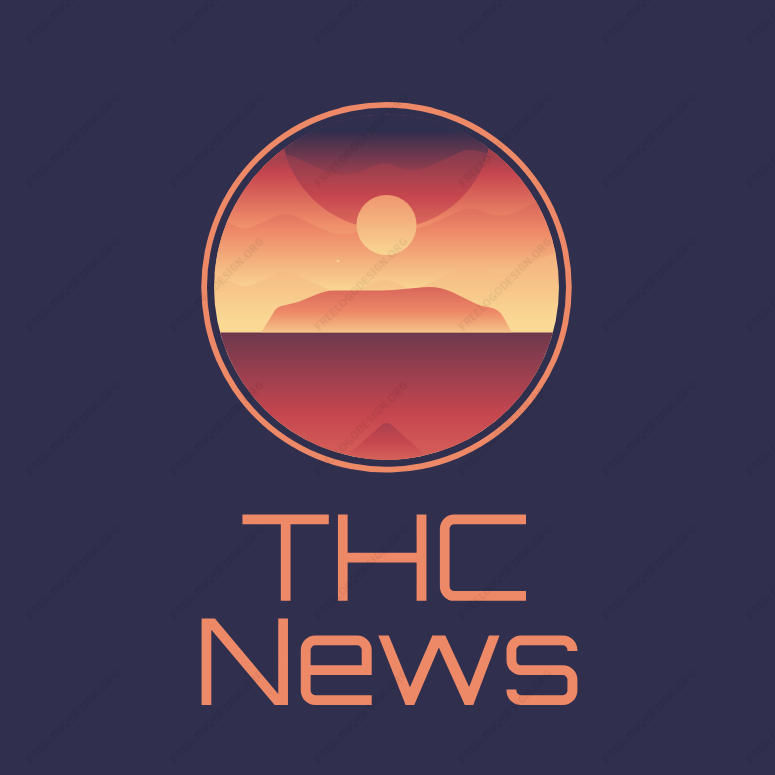According to 2018 data from the federal Substance Abuse and Mental Health Services Administration’s (SAMHSA) National Survey on Drug Use and Health, nearly 9 percent of all employed adults (approximately 13.6 million of workers) have current alcohol or illicit drug use disorders, while a relatively equal number (approximately 13.4 million workers) report that they are in recovery or have recovered from a substance use problem .
Although not a fun topic to bring up, employers may wonder if drug testing would be an effective tool to promote wellness in the workplace. At Prisma Health, my team of dedicated providers and I help employers navigate workplace drug screening to keep employees healthy and safe in the workplace.
Why employers drug test and when they should
will they be completed
Simply put, according to statistics, many people in the United States use drugs, and this can have an impact on work performance. How many people does this include? According to SAMHSA, nearly 50 million Americans report using marijuana in 2019. About 10 million more use central nervous system stimulants, or opioids.
Screenings are an important tool in supporting a healthy and sustainable workplace, improving worker safety and health, as well as adding value to your business. They are also effective in preventing injuries and absenteeism among your workforce.
Once the employer determines that there is value in using drug screening, they are likely to have questions about the best way to do it. There really isn’t a right or wrong answer to when to drug test, as it can be based on a number of factors. The most common scenarios our team sees are pre-employment, post-accident, accidental or suspicious causes, or a return to duty if someone has been out of work for an extended period of time.
Prisma Health offers all of these services statewide, and for larger companies, we can offer random on-site drug testing for a smoother employee experience.
What can employees be tested for? How is a test done?
At Prisma Health, we offer two types of tests: five-panel screens and 10-panel screens. On the five-panel display, employees are tested for marijuana (THC), amphetamines, opiates, PCP and cocaine. In the 10-panel screen, employees are tested for everything in a panel of five plus benzodiazepines, barbiturates, methadone, propoxyphene and methaqualone.
The most common way to take a drug test is through a urine sample. These urine collection and processing follow very strict procedures. The process uses a chain of custody that is traceable from origin to end result to ensure validity. Our team is trained annually in this method.
Our Medical Review Officers (MROs) interpret the test results based on the information the donor has provided as well as the information the clinical scientist reports about the tests. If a test is positive, the MRO will contact the tested employee to discuss the results and facilitate appropriate action if a medical explanation is needed. An example of this would be when an employee might be taking a medication that they forget to mention in advance. Our MRO will ask the employee to provide a valid prescription for documentation.
Another benefit of our MROs reviewing results in detail is that we take into account occupational safety concerns related to medications. For example, if someone is taking a prescription drug that makes them drowsy, our MRO can recommend the safest possible dosing schedule.
Drug detection windows for urine tests are narrower than people tend to think. We often think that if someone uses a drug that it will be in their system for a long time, but that is not the case. Most drugs are detectable for only a couple of days, but the outlier is THC. THC is stored in fat cells and can stay in your system for longer, depending on how often someone uses it.
What about CBD supplements?
Cannabidiol (CBD) poses a challenge for drug testing. All CBD supplements are made from the hemp plant which should contain less than 0.3 percent active THC.
THC is the psychoactive component found in marijuana that produces the high. CBD products are widely touted to help with anxiety, insomnia, fibromyalgia and other pain syndromes.
CBD products are not regulated by the FDA, so there is a chance they could contain more than 0.3 percent THC and result in a positive result on a drug screen for marijuana. Employees could be using over-the-counter CBD products and unknowingly test positive for marijuana. When the MRO receives a positive result for marijuana, we cannot distinguish between CBD or marijuana use, so it is reported as a positive result.
This may seem confusing as to why a product like this can be sold. The federal Dietary Supplement Act of 1994 allows supplement manufacturers to market their products without proving their safety or effectiveness, meaning any supplement can be sold freely, while the FDA has only limited ability to monitor and regulate products for adverse reactions. The CBD industry is now a $5 billion industry and is expected to grow to $47 billion by 2028. With this rapid growth, hemp plant farmers can produce plants with levels greater than 0.3 per cent of THC, which is very difficult to control.
As an employer, your workforce is your greatest asset. Protecting the health and safety of this workforce is an important part of your company’s success. Drug screening can be an effective tool to both support your emphasis on team wellness and contribute to efficient business operations.
Dr. Sandra Hardee is Medical Director of Business Health Solutions-Occupational Health Solutions for Prisma Health.

